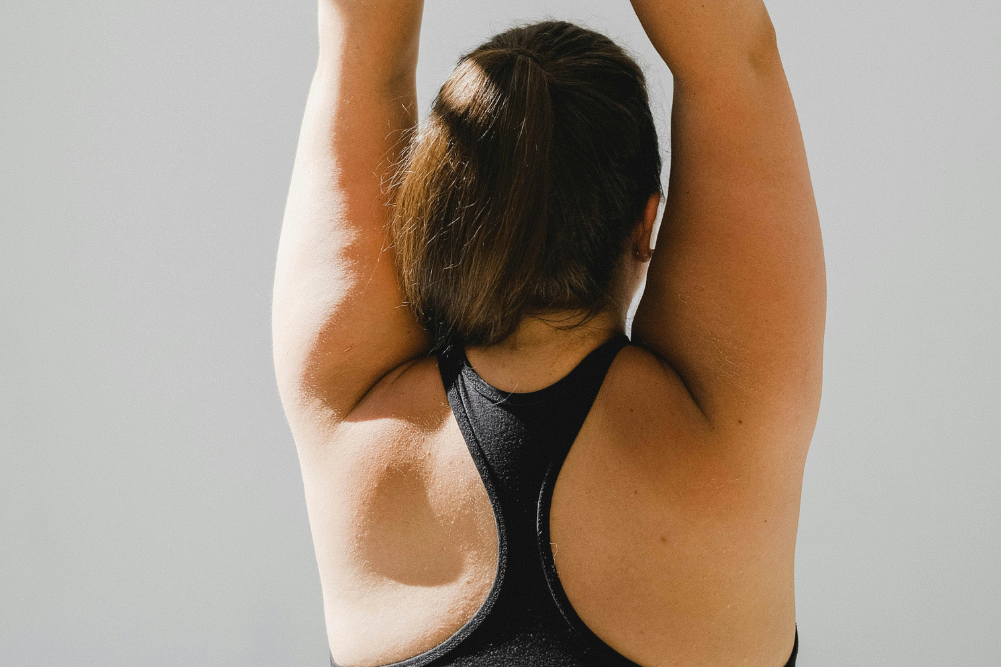Plyometric tennis flow
Low-amplitude plyometric training is the number one reason why tennis players’ bodies remain strong, resilient and injury-free well beyond their 40s. This versatile workout regimen can be performed anytime, anywhere. Simply find a court, summon your determination and get moving.
Low-amplitude plyometric training refers to a series of jumps and movements that require low force output, resulting in low jump height or directional changes. These exercises, commonly associated with sports such as tennis, focus on enhancing movement and balance while utilising less range of motion in the ankles, knees and hip joints. This reduced range of motion leads to lower jump heights, facilitating quicker ground contact and reducing the impact on landing. Examples of
low-amplitude plyometrics include pogo movements, which involve small, repetitive bounces.
Incorporating small pogo movements into your weekly workout routine can help muscles adapt to uncertain terrain, improve flexibility and enhance overall balance. Plyometric training, a staple in strength and conditioning programs, aims to improve neuromuscular function and mobility. Despite fears associated with these movements, particularly as we age or recover from injuries, they are crucial for maintaining muscle adaptation, biomechanics and strength throughout our lives.
The repetitive bouncing motions of plyometric exercises stretch and contract muscle fibres, promoting agility and engaging muscles in various directions. Moreover, like other forms of exercise, low amplitude plyometrics serve as a stress reliever, body warmer and mood booster. Plyometric training has been shown to enhance neural and musculotendinous systems, improving blood flow to muscles and ligaments. Through rigorous scientific investigation, plyometric training has emerged as an effective method for enhancing overall physical performance and facilitating weight loss.
For optimal safety and stability during low-amplitude plyometric activities, it’s advisable to perform them on a tennis court or similar surface. Using a racquet can also aid in maintaining alignment and balance. Incorporating outdoor sessions into your routine not only boosts vitamin D levels but also promotes better sleep and encourages social engagement.
To begin incorporating low-amplitude plyometrics into your workout routine, start with two-legged drills of low-medium intensity. These drills can include forward and backward and lateral step-ups and downs from gradually increasing heights. Despite their brief duration, plyometric exercises require maximum force exertion in short bursts, enhancing power and endurance while strengthening muscles and connective tissues. Ultimately, integrating low amplitude plyometrics into your regimen can improve everyday movement and contribute to overall fitness.
Seven low-amplitude plyometric movements
1. Two-feet jump along a line Begin at the end of the court and, focusing on the line, jump in a forward direction using both feet. These are not distance jumps, they are short pogo-style movements towards the net. Upon reaching the net, stop and walk back to the serving line.
2. Single-leg hops Begin at the end of the court and, focusing on the line, hop towards the net while remaining on your toes. Again, these are not distance jumps, they are short pogo-style movements. Hop on one foot for five jumps then swap feet. Walk back to the serving line.
3. Step-up, step-down lateral movement Find a stable bench or stool. Begin by standing in front of the bench, then step up with one leg, bring the second leg up and return in a lateral movement stepping down. Repeat on the other side. This movement can be harder on the brain than the body, so focus and take your time. Add a medicine ball if you feel strong.
4. Sprint to net and backwards walk/run Run to the net and walk or run backwards to return. Complete three to five sets (must be completed in the
middle of this flow set).
5. Sideways skip to net Holding a racquet for balance, begin in a side skip position, then move sideways towards the net. For more intensity, use the racquet to twist the body.
6. Alternating hand-to-forearm plank Start in a traditional plank position on your hands. Hold for six counts, then gently come down to your forearms and hold for another six counts before returning to hands. Repeat 10 times. Try for a pogo style movement for increased mental focus.
7. Crab step with racquet overhead Begin in a crab stance, focusing on energy in the heel first and energy in the toes upon return. Walk sideways, holding position and maintaining the racquet overhead.
Perform these exercises in a pogo style, moving swiftly from one end to the other and back without delay. Start each movement with stability, the gradually increase speed as the session advances. Focus on the repetition of mind-muscle movements, aiming to enhance agility with each iteration.








